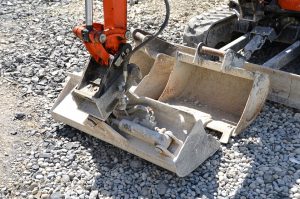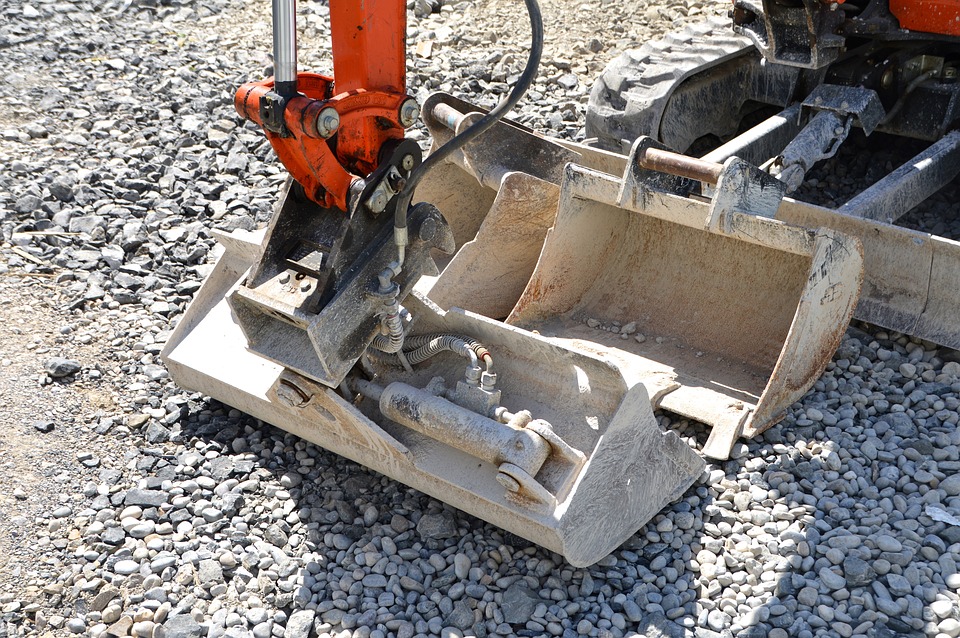A structure’s underpinning has many advantages. It is easy to design and cost-effective to implement. The underpinning technique also allows the structure to continue to function during construction. The following are a few advantages of underpinning a structure. Find out which technique is best for you. This article will help guide you in choosing the right underpinning option for your property. These are the most popular methods.
Method with cantilever needle beam
This type of underpinning involves the repair of a wall section with concrete pilles to strengthen it. The concrete beam will then be embedded through a gap, hole, or pocket. Next, the ‘packers’ will cover the needle beam to stabilize it. Once the needle beam is in its place, the new foundation can support an additional load. Cantilever needle beams are made of a strong concrete core that can support upto a thousand pounds.
Pile underpinning is another type of underpinning. It is often used to protect soils with variable or impassible access. Piles for this type are driven 150-300mm in the soil. The needles act as a cover for the piles. Because the foundation is already in place, the needle beam method is cheaper than traditional underpinning.
Mass concrete underpinning
The mass concrete subpinning technique is far more affordable than traditional underpinning techniques. It can also be used during construction. This technique is also very easy to engineer. Here are some of the benefits of this technique. Here are some of the benefits.
This method is nearly 100 years old. This involves digging boxes under the foundation and pouring concrete in strategic directions. The new foundation is then placed on top of the existing one. This method is especially effective in deeper areas. The boxes are filled with concrete in a systematic way. It doesn’t require heavy machinery, which saves on costs. The mass concrete method can be used to strengthen foundations upto fifty feet in depth.

The foundation is then divided into sections measuring between 1.2 and 1.5 m in length. A hole is then made in the wall of any section that has been divided above the plinth. To support the masonry, bearings plates are placed above the needle. After the bearing plates have been placed, the crib supports will be attached to either side of the wall. Finally, the crib supports can be nailed to the wall using screw jacks.
Helical tiebacks
A bowed foundation can be a sign that your basement walls are starting to bow. This can be caused due to hydrostatic pressure, which is often caused from excess groundwater. Helical tiebacks can be used to straighten your foundation. If your basement walls appear to be bowing, Jerry’s Waterproofing can help you determine if helical tiesbacks are the right option.
Helical tiebacks can be described as metal rods that are inserted into the soil and around the foundation of a house. This technique can be used to support temporary walls. Helical tiebacks are also used to stabilize basement floors and sea walls. They can also be used to underpin retaining walls, swimming pools, and boardwalks. Helical tiebacks, which can be used in all types of soil and weather, are an affordable way to support foundations.
Jet grouting
The cost of jet grouting tends to be higher than other types of underpinning. However, it can still be beneficial for some projects, especially if the final scope and quantity of the work are not yet known. This technique is normally measured by cubic yards of treated soil, or in a square foot format for a cut-off wall or shaft bottom seal area. You can also use the unit length of a column with a particular diameter.
The Jet Grouting Task Force agreed to some key provisions because the technology isn’t widely used. These provisions provide guidance on the subject and provide clarifications. While there are many details that can be removed from a true performance specification but the Jet Grouting Section outlines the requirements for stabilizing soil. Monitoring and testing are crucial parts of the process. The task group recommends that the specifications should be reviewed by a professional engineer with knowledge of jet grouting and experience in the application of this technique.
